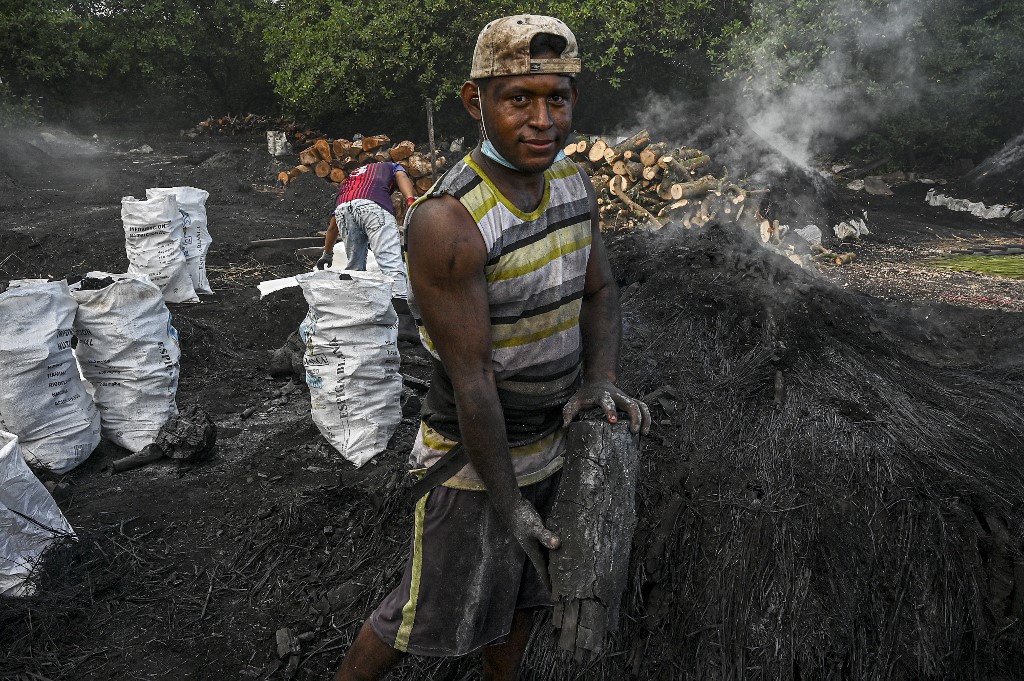
by Moises AVILA
Agence France-Presse
Elieser Rodriguez emerges blackened from the thick smoke of burning pyres slowly transforming the limbs of mangroves into charcoal — a livelihood much maligned by environmental and climate campaigners in Panama.
He says he has no other choice for a living.
“This is the daily survival of my family, of my children, of my wife,” Rodriguez told AFP in El Espave, a town about 80 kilometers (50 miles) southwest of Panama City with a mangrove forest as its backyard.
“I am 30 years old and have been working at this from 16, 15. It does not bring me wealth… this is a means of survival.”
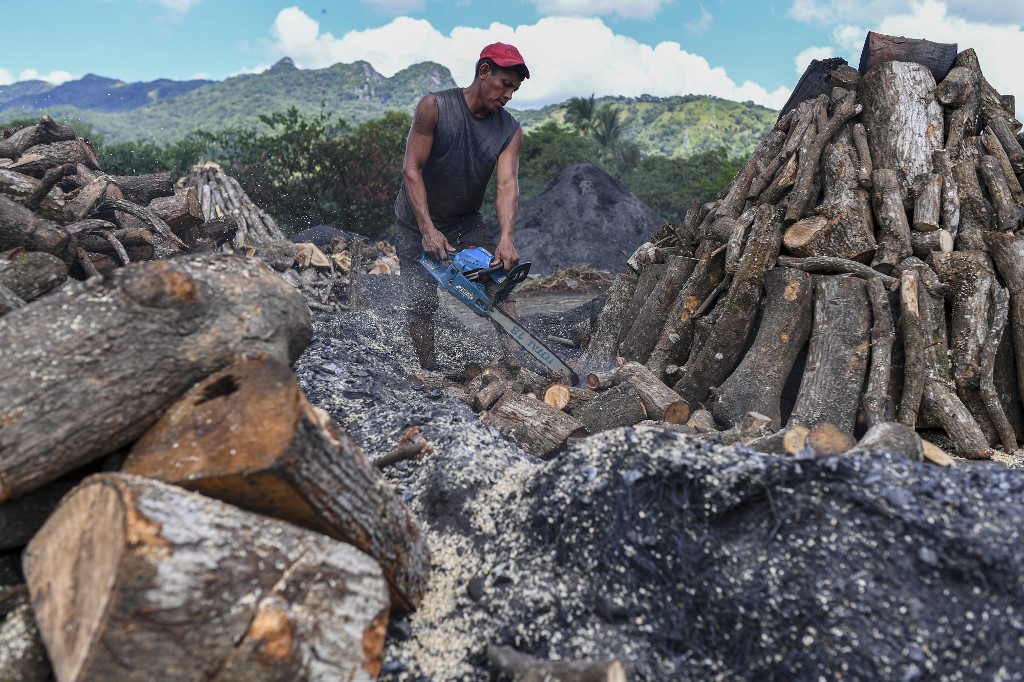
About 200 families in El Espave, on the banks of the Bahia de Chame, a large bay, work in the production of mangrove charcoal, which they sell to pizzerias and restaurants.
Panama, according to its environment ministry, boasts more than 437,000 acres (177,000 hectares) of mangrove, of which 35 percent, including around Chame bay, is protected.
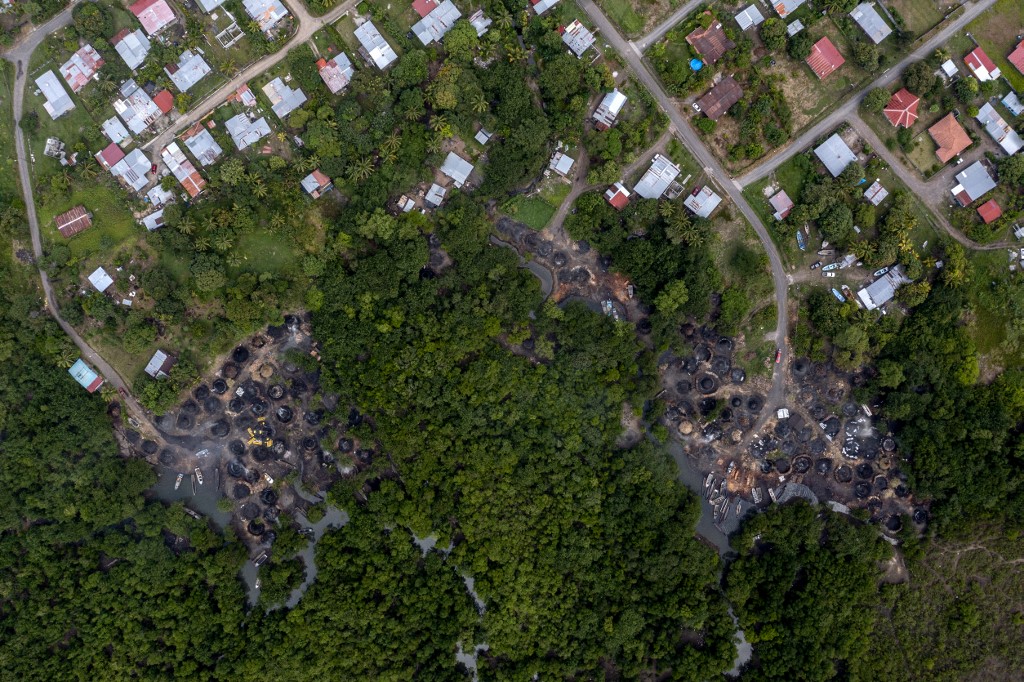
Harvesting the mangroves is prohibited, but for the residents of El Espave, making coal from the tree is an ancient tradition, a way of life, and their only source of income.
Rodriguez’s grandfather and great-grandfather did the same work in the days before the electric saws and boat engines used today.
“If they close this place, what are we going to do? How are we going to live? How are we going to eat?” asked Dario Hidalgo, 42, whose job is to build the coal-making “ovens.”
“And the children who are growing up, what will become of them? What will they do? I think that if there is nothing they will turn to crime, to easy money,” he told AFP.
Carbon sinks
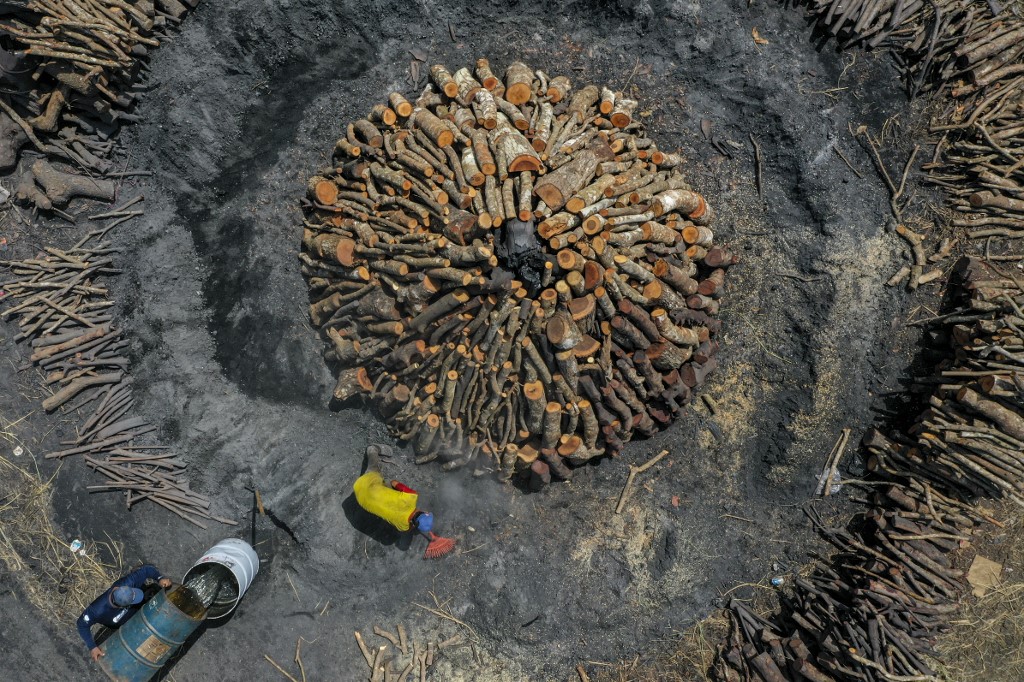
The community and the government are keen to find a solution to this age-old conflict between conservation and survival.
According to the UN Environment Programme (UNEP), mangroves protect coastlines from erosion and extreme weather events, improve water quality by filtering, and serve as nurseries for many marine creatures.
They also help fight climate change — sequestering as much as 22.8 million tons of carbon each year in their leaves, trunks, roots and the soil.
They can contain more carbon per square meter than tropical rainforests, according to UNEP.
Panama’s mangroves, according to the environment ministry, hold some 52 million tons.
But if degraded or lost, mangroves become sources of carbon dioxide and contribute to global warming — which threatens their survival in turn, particularly through sea level rise.
At El Espave, the sea enters the bay gently, forming narrow passageways to the coast.
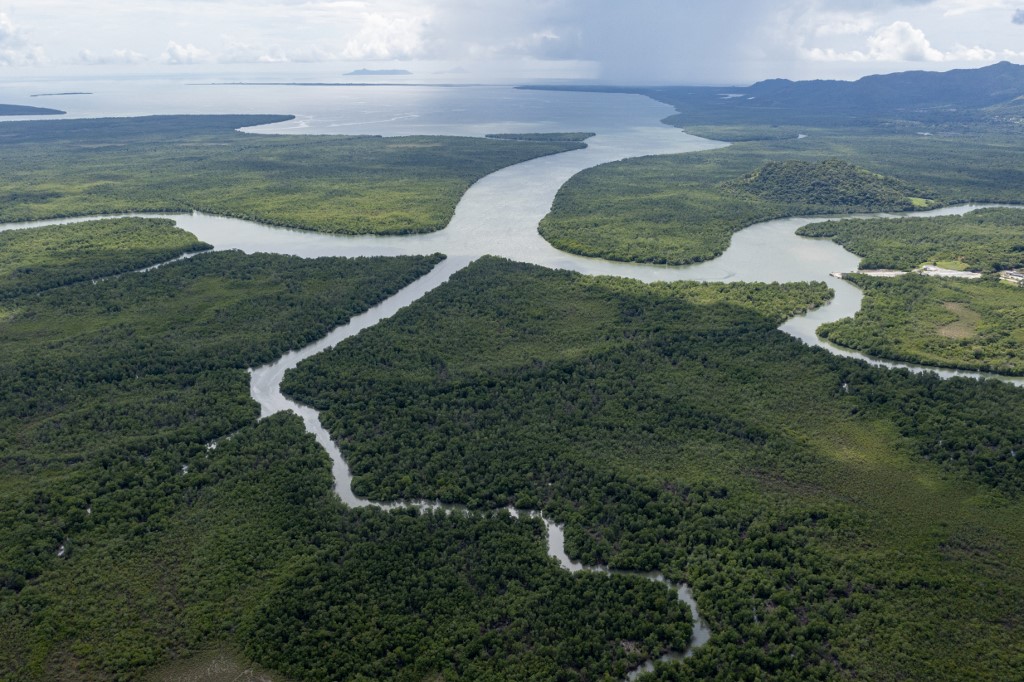
Via these water routes, Rodriguez and his colleagues go out by boat every morning, travelling some 15 minutes to areas where the mangrove trunks grow thick. They fell them with machetes and electric saws.
One of the men, Israel Gonzalez, 46, says the thinner plants are not touched, to preserve the ecosystem.
“When we cut here, we always leave two, three or four trees for the seed to fall and continue to reproduce,” he explained.
The community was also working on building a mangrove nursery, he said, to plant new seedlings and expand the forest they depend on so much.
According to UNEP, over a quarter of the world’s original mangrove cover has already disappeared.
Environment ministry official Jose Julio Casas said authorities were examining ways to work with the community “so that they can use the resource in a responsible way.”
Coal or jobs
Currently engaged in an activity that is technically illegal, they “have to comply with a series of requirements because if they are going to use it, they themselves must help in the process of protecting and conserving the ecosystem,” Casas told AFP.
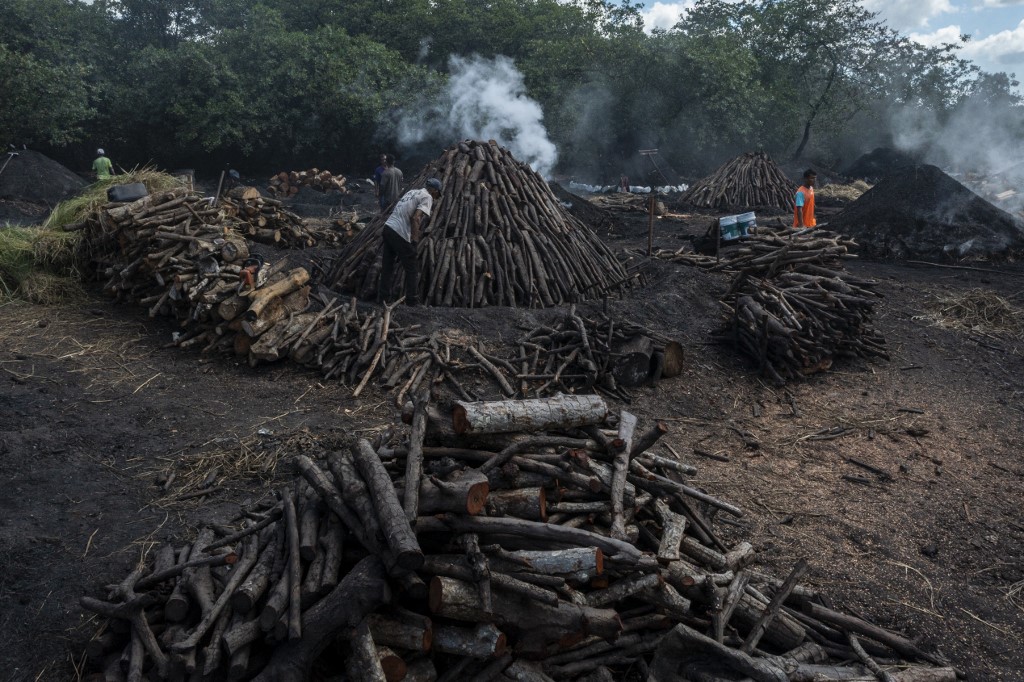
At El Espave, charcoal production happens near the port, in an area dotted with pyramid-shaped pyres smoldering like small volcanos.
“First you make the oven, then you stack the (mangrove) wood, then grass (to cover the wood), and then you put the sand” on top, Lesbia Batista 48, explained.
Each “oven” smolders for about four days before being doused with water. Once cooled down, the soil is removed to reveal the coal underneath.
Each pyre yields about 120 bags of coal that can collectively be sold for about $500 — an estimated $150 profit per “oven.”
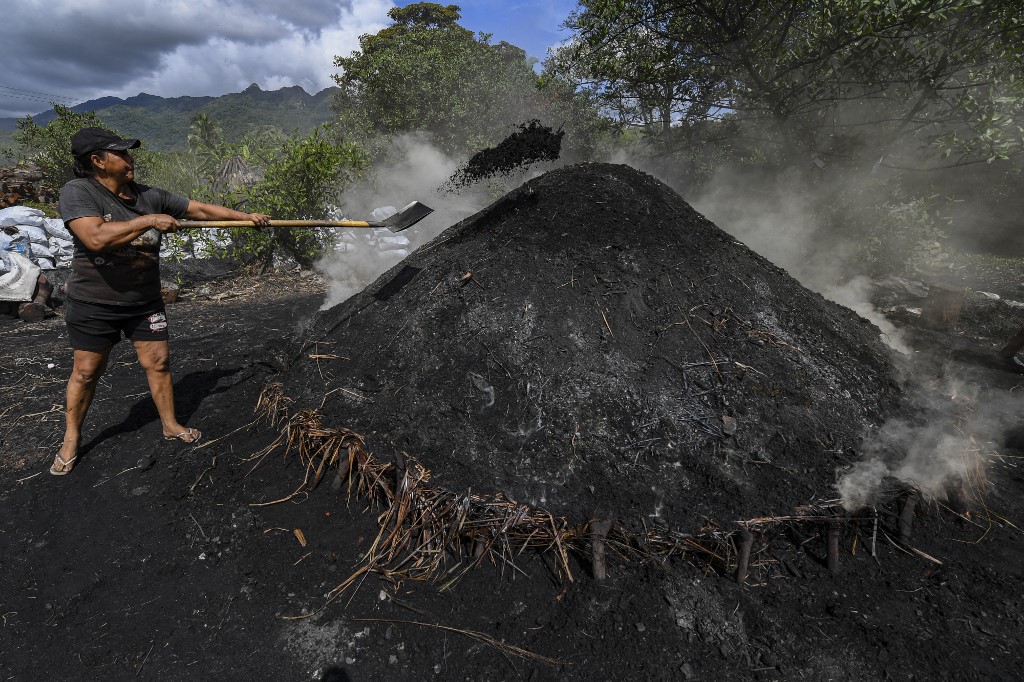
Besides its contribution to health-threatening air-pollution, coal burning is also one of the major sources of planet-warming greenhouse gases in Earth’s atmosphere.
“We are waiting for them (the government) to tell us how we can continue to produce charcoal, or that they bring us job proposals,” Batista.
“We do not want to stop working, nor that they take this away from us.”
© Agence France-Presse







